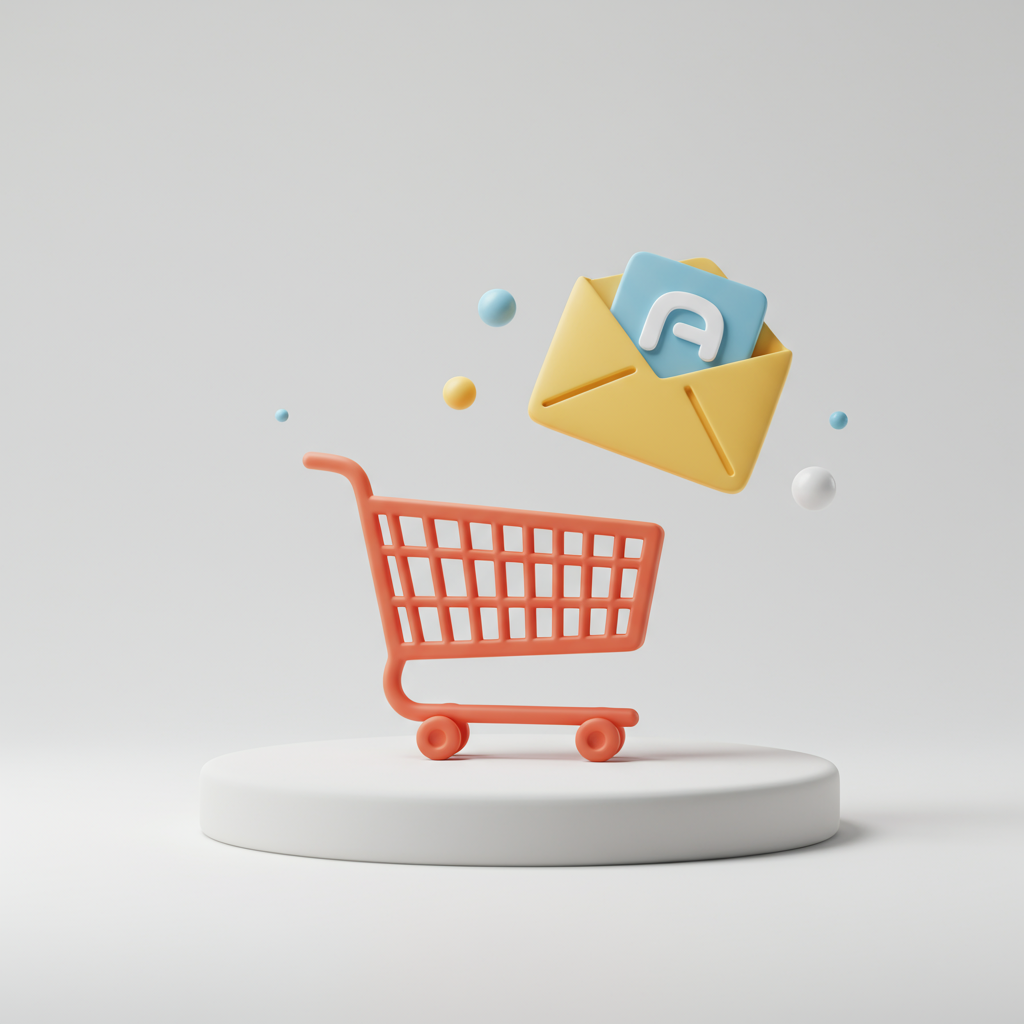Unlock Lost Revenue with Proven Strategies for Your E-commerce Store
As a Shopify merchant, I know the thrill of a new sale. But I also know the sting of a nearly completed purchase that just… didn’t happen.
It’s a common scenario: a customer adds items to their cart, browses, maybe even starts the checkout process, and then, for whatever reason, they leave.
This phenomenon is what we call an “abandoned cart,” and it represents a significant chunk of lost revenue for e-commerce businesses like ours.
In fact, industry averages suggest that anywhere from 70% to 80% of online shopping carts are abandoned. That’s a huge number of potential sales slipping through our fingers!
But here’s the good news: we don’t have to just accept these losses. We have a powerful tool at our disposal to recover many of these sales: the abandoned cart email.
Think of it as a gentle, timely nudge, a friendly reminder that says, “Hey, you left something behind!” It’s not about being pushy, but about being helpful.
My goal with this article is to share my best tips and strategies for crafting highly effective abandoned cart email sequences specifically for Shopify stores.
We’ll dive deep into timing, content, incentives, and all the little details that can make a big difference in your recovery rates.
The first crucial element of any successful abandoned cart strategy is timing. When should you send that initial email?
I’ve found that the sweet spot for the first email is usually within 30 minutes to an hour after abandonment. This is when the customer’s intent is still high, and the items are fresh in their mind.
This initial email should be a simple, friendly reminder. Its primary purpose is to gently prompt the customer to return and complete their purchase.
For the second email in your sequence, I recommend sending it around 24 hours after the abandonment. This email can be a bit more persuasive.
Here, you might address common objections. Perhaps they had a question about shipping, or maybe they needed reassurance about your return policy.
This is a great opportunity to include links to your FAQ page, customer reviews, or even a direct line to customer support. Build trust and remove any lingering doubts.
Finally, for the third email, which I typically send 48 to 72 hours after abandonment, you can consider introducing an incentive.
This could be a small discount code, free shipping, or a limited-time offer. The goal here is to provide that extra push to convert.
Remember, not every abandoned cart needs an incentive. Sometimes, a simple reminder is enough. But for those who need a little more convincing, an offer can be very effective.
Now, let’s talk about the content of these emails, starting with your subject lines. They are your first impression and determine if your email even gets opened.
Use clear, concise, and engaging subject lines. Personalization, like including the customer’s name, can significantly boost open rates.
Examples include: “Oops! You left something behind,” “Your cart is waiting!”, or “Still thinking about it? Your items are reserved.”
Inside the email, always include clear, high-quality images of the products left in the cart. Visuals are incredibly powerful in reminding customers what they’re missing.
Personalization extends beyond the subject line. Address the customer by name in the email body and reference the specific items they left behind.
Your Call to Action (CTA) must be crystal clear. A prominent button that says “Complete Your Order” or “Return to Cart” is essential. Make it easy for them to click and convert.
Don’t forget about mobile optimization. A significant portion of online shopping happens on mobile devices, so ensure your emails look great and function perfectly on smartphones and tablets.
Consider A/B testing different elements of your emails. Test subject lines, CTA button colors, the timing of your emails, and even the type of incentive you offer.
This continuous optimization will help you refine your strategy and achieve even better recovery rates over time.
Regularly review your analytics. Shopify provides basic abandoned cart analytics, but dedicated email marketing apps can offer deeper insights into open rates, click-through rates, and conversion rates.
Understanding these metrics will show you what’s working and where there’s room for improvement in your abandoned cart flow.
Shopify’s built-in abandoned cart recovery is a good starting point, but for more advanced features like multi-email sequences, A/B testing, and deeper personalization, I highly recommend exploring third-party email marketing apps.
Apps like Klaviyo, Omnisend, or Mailchimp integrate seamlessly with Shopify and offer robust automation capabilities that can significantly enhance your abandoned cart strategy.
Finally, always ensure your email practices comply with privacy regulations like GDPR and CCPA. Be transparent about data usage and provide clear opt-out options.
Recovering abandoned carts isn’t just about making more sales; it’s about providing excellent customer service and helping customers complete their intended purchases.
By implementing a thoughtful and well-executed abandoned cart email strategy, you’ll not only boost your revenue but also enhance the overall customer experience.
It’s an investment of time that pays dividends, turning potential losses into profitable conversions.
What do you think about these tips? Have you found success with any particular abandoned cart strategies in your own Shopify store? I’d love to hear your thoughts!






